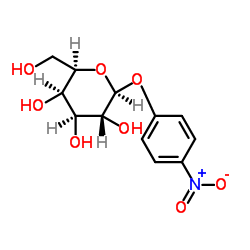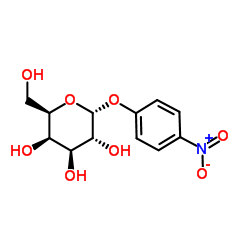| Structure | Name/CAS No. | Articles |
|---|---|---|
 |
4-Nitrophenyl β-D-galactopyranoside
CAS:3150-24-1 |
|
 |
4-Nitrophenyl α-D-galactopyranoside
CAS:7493-95-0 |